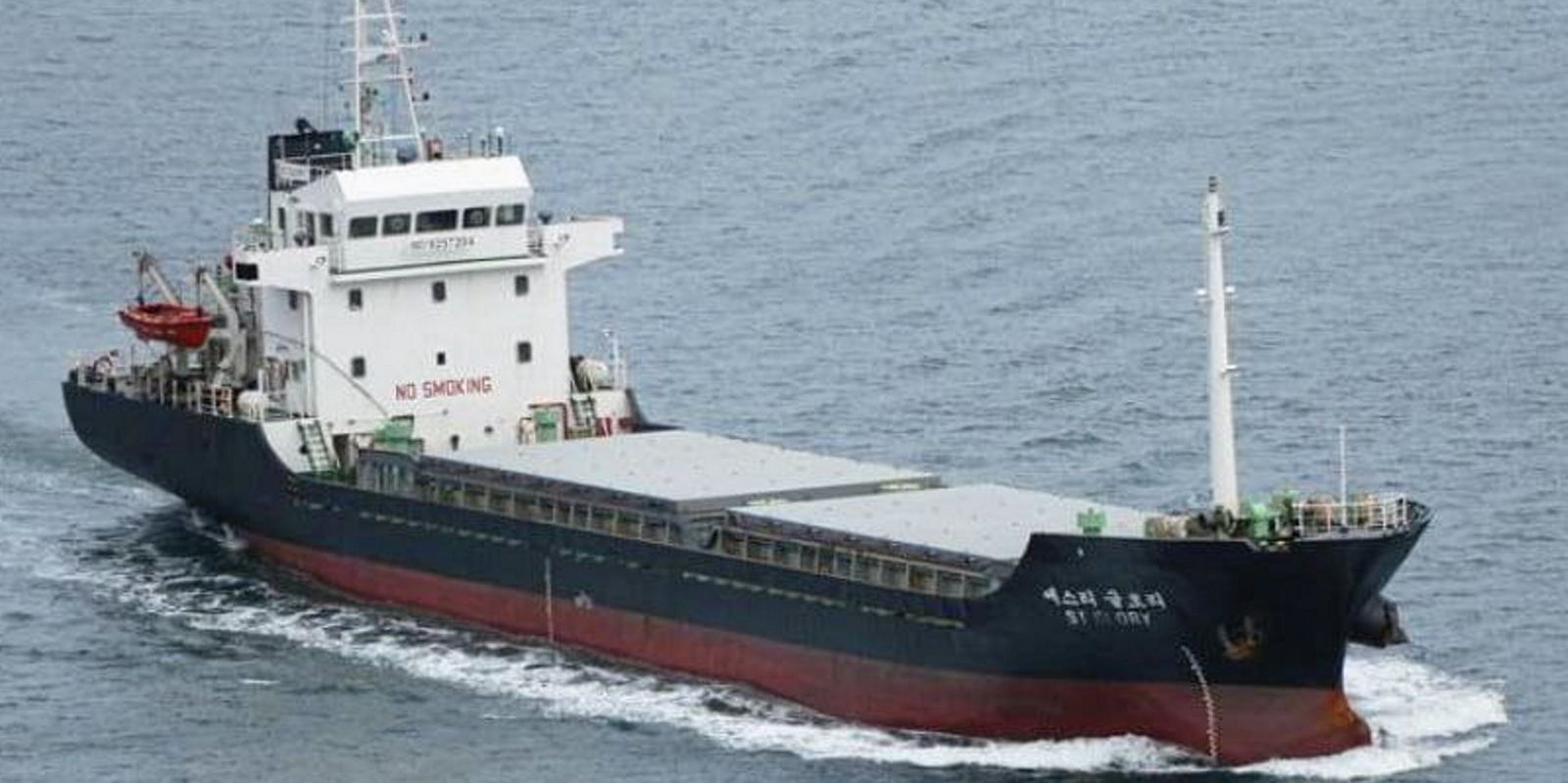The good times appear to be back for marine underwriters with increased premium income and lower loss ratios reported at the International Union of Marine Insurance (IUMI) conference in Edinburgh.
IUMI’s latest figures show that premium income rose by 8.3% in 2022 to reach $35.8bn across all lines of business.
The main cargo, hull and machinery and protection and indemnity covers all improved in the year.
Despite the positive signs, underwriters were in a cautious rather than celebratory mood.
The figures were not down to improved rates alone. Increased trade volumes, currency changes and higher values all played a part in pushing up income.
Underwriters are cautioning that future earnings could be dented by the potential impact of inflation and higher interest rates on the cost of capital.
But there is no doubt the market is now in a better place than it has been for some time.
War risk losses related to the war in Ukraine do not appear to have impacted on loss ratios.
Although some ships remain trapped in Mykolaiv, most vessels caught in Ukraine’s other deepsea ports managed to sail out as part of the Black Sea Grain Initiative (BSGI).
Raising hopes
As the IUMI conference convened, two Turkish ships — the 3,300-dwt Resilient Africa (built 2001) and 18,300-dwt Aroyat (built 1997) — sailed into the Ukraine port of Chornomorsk to pick up grain for the first time since the BSGI collapsed in July.

It seemed to mark the start of an attempt to revive grain exports from the country’s deepsea ports.
That inevitably raised the question of whether marine insurers will now help Ukraine by providing insurance cover.
The market is working on a plan that involves the Ukraine government underwriting part of the risk, with the commercial market picking up what is left.
But, according to underwriters, there are still some unanswered questions over the scheme, such as the extent of the cover and whether insurance premium would be paid to the government of Ukraine.
IUMI president Frederic Denefle said that with the Russian military deliberately targeting Ukraine’s grain infrastructure, insuring ships in the region simply represents too much of a risk for most underwriters as things stand.
The withdrawal of the reinsurance market capital from the Russian, Ukrainian and Belarus markets means direct insurers would be faced with the full financial liability of any losses.
There does not appear to be any prospect of reinsurers ending their exclusion clause for the region at next February’s renewal.
The two ships that have sailed in so far are both small and the insured values represent a very small financial exposure for most underwriters.
Sources suggest a tailor-made insurance cover for the ships is likely to have been put together for the trip.
The risk of an attack is perceived as low because Russia wants to maintain its relationship with Turkey, where the ships are managed.
Risk and reward
Such insurance cover has routinely been provided for similar-size ships sailing into Ukraine’s Danube river ports of Reni and Izmail.
A trip to Chornomorsk is a few hours of sailing north of the Danube.
It seems likely that Ukraine’s grain exports will be carried on small vessels for now.
But if Ukraine is to achieve exports at a level anywhere close to that seen under the BSGI, then it needs ships of ultramax and panamax sizes to enter the trade.
That is unlikely to happen without the backing of the commercial insurance market.
Even if the insurance scheme could be put in place, there is a doubt over whether shipowners would be prepared to send their vessels into the trade and put the lives of seafarers at risk.





